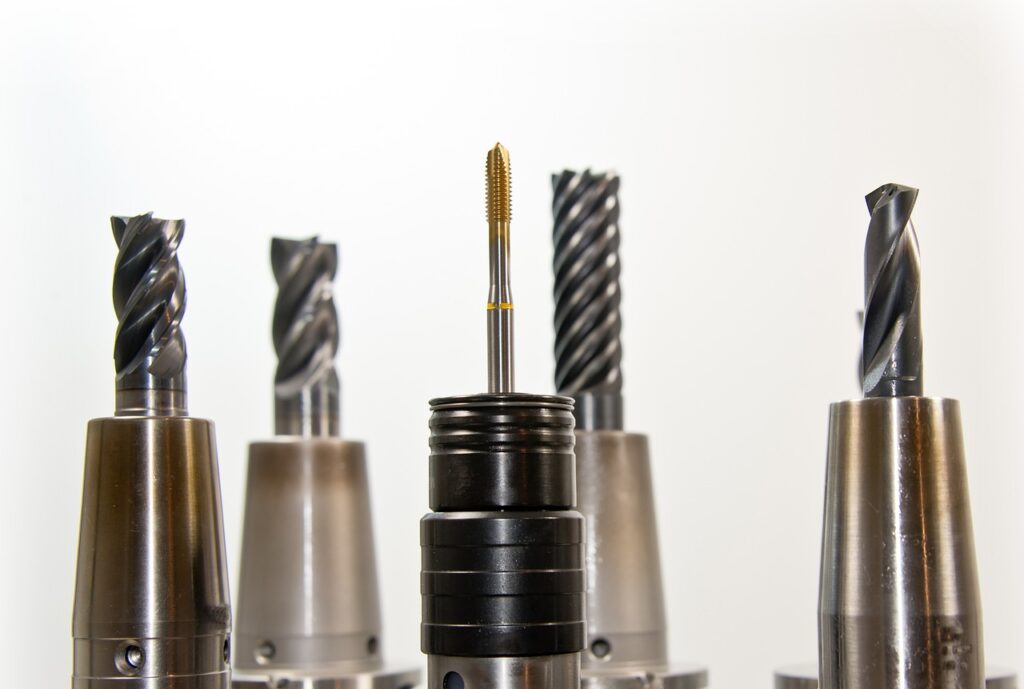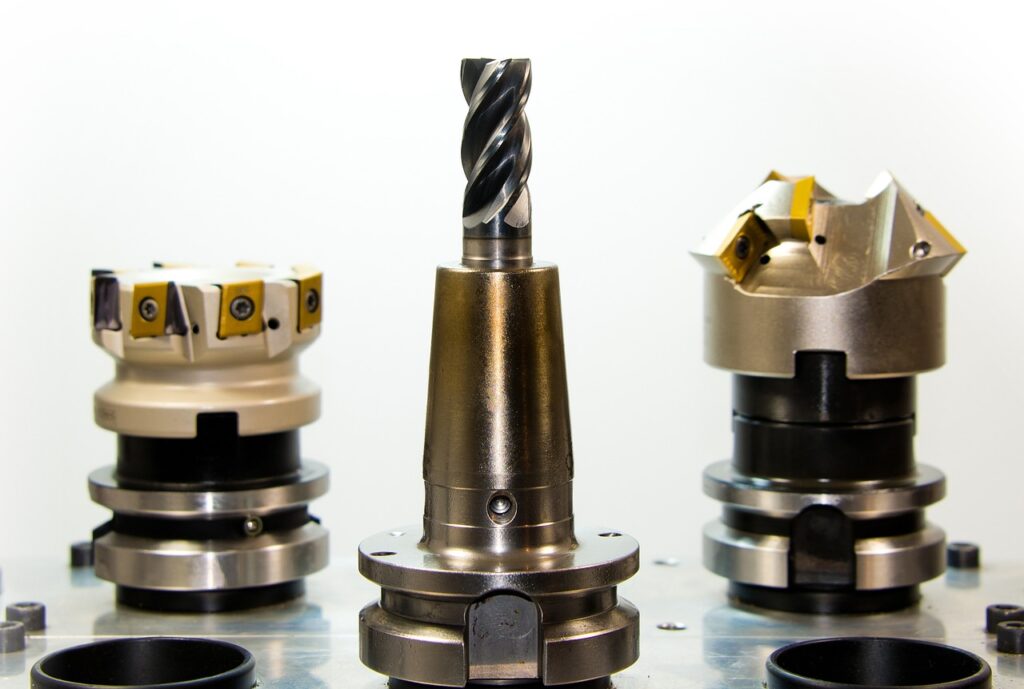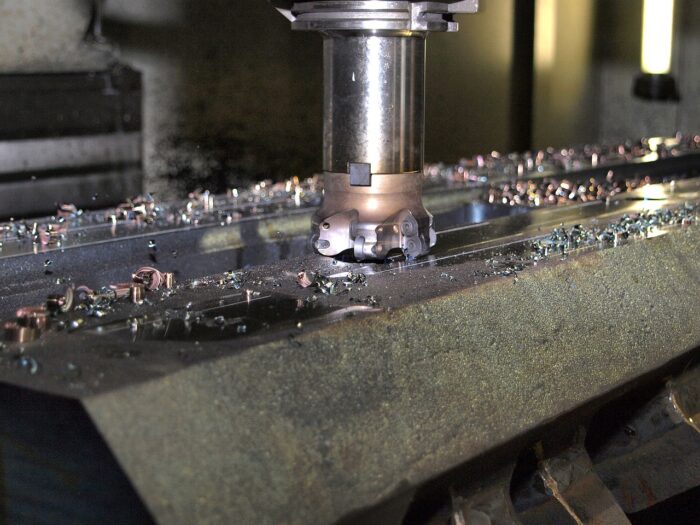Computer Numerically Controlled (CNC) machining is a fast, effective, precise, and adaptable technique. It’s employed both in the creation of prototypes and in making completely operational final products. The success of a CNC machining endeavor and the utility of the item produced are highly dependent on the chosen material. This emphasizes the importance of meticulously selecting the right material, a critical step in CNC manufacturing.
The appropriate material for a CNC machining project is determined by various factors and needs. For instance, is there a requirement for a substance with outstanding mechanical qualities? Conversely, might the emphasis be on rapid manufacturing? Often, a combination of many considerations affects the appropriateness of a material. While the following factors don’t cover everything, they do provide a solid base for making decisions on material selection for CNC machining.
Selecting the Optimal Material for CNC Machining
- Define Your Material Criteria. Think about essential properties such as functionality, electrical characteristics, strength, and hardness that the material needs to offer. Don’t forget to factor in the working environment and the conditions to which the part will be subjected.
- List Suitable Materials. Filter materials that align with your defined criteria and the particulars of your design.
- Finalize the Best Fit. Opt for the material that meets the majority of your criteria. At times, a trade-off might be necessary, such as picking a material with superior machinability over a cheaper alternative to ensure the part’s quality.
Part Application
The primary factor when choosing a material for CNC manufacturing is its intended use or application. Distinct applications call for distinct materials. For instance, a component crafted for aerospace must be lighter in comparison to one meant for building foundational support. Aluminium 3.3211, known for its favorable strength-to-weight ratio, is a frequent choice in the aerospace sector.
The intended use dictates the material’s attributes, from tensile strength, strength to weight ratio, to resistance to cracking, and either rigidity or flexibility. Typically, denser materials can bear more pressure. However, for projects where weight is a concern, it’s vital to opt for lighter materials with impressive strength-to-weight ratios. For perspective, Steel 1.0503 and 1.0038 are notably denser when juxtaposed with lighter aluminium varieties like aluminium 3.3206.

Working Conditions and Material Selection
The setting where the component will operate plays a pivotal role in material choice. Such conditions encompass temperature ranges, exposure to aggressive chemicals, UV radiation effects, continuous immersion in water, and even flame exposure. The chosen material should have a melting point significantly above its expected operating temperature to avoid potential structural alterations due to excessive heat.
Furthermore, the chosen component should endure the heat stemming from the machining processes. For instance, Steel 1.4404 offers robust heat resistance up to 861°C. Predicting the temperature or humidity levels for indoor environments can be done with a reasonable degree of accuracy, simplifying material selection.
However, for outdoor settings, it’s advisable to opt for materials like stainless steels. These can resist high moisture levels and corrosion, all the while retaining their aesthetics and structural integrity. Outdoor environments are also subject to drastic climatic changes, which might lead to structural deformation in some materials.
Precision in Dimensions and Tolerance
Sectors like aerospace and aviation demand parts with impeccable precision and stability. This calls for materials that showcase excellent dimensional stability, essentially those with a minimal deformation quotient. The reaction of materials to the forces exerted by the cutting instrument varies. Hence, the chosen part should meet the stringent tolerance standards. A material’s machinability often determines how easily these tolerances can be achieved.
Consider aluminium: its superior machinability allows for the creation of parts with extreme tolerances. However, achieving such precision comes at a cost. When dimensional tolerance isn’t a primary concern, opting for broader tolerances can save both time and money in the machining process.
Electrical Conductivity Materials like copper and silver are exceptional conductors, while PTFE stands out as an effective insulator. When selecting materials for electrical parts, it’s crucial to weigh their electrical properties. Metals usually exhibit strong electrical conductivity, whereas plastics are often seen as reliable insulators.
Machinability For parts intended for mass production, it’s advisable to opt for easily machinable materials to save both time and cost. Aluminium and brass, for instance, are more easily machined compared to tool steel, despite the latter’s superior strength. Those materials harder to machine should be reserved for limited production runs where production timelines are more flexible. Such materials consume more in terms of resources, duration, and labor during machining.
However, it’s important to remember that while machinability is a factor to consider, it shouldn’t overshadow other primary considerations like the part’s intended use.

Visual Appeal
While aesthetics might not always be at the forefront when choosing materials, in some scenarios, it becomes crucial. The look and feel of certain products can greatly influence their acceptance by end users. Consumer items might necessitate particular visual attributes like color or a refined finish.
After machining, metals usually showcase a commendable surface finish, reducing the need for extensive polishing. Plastics come in various hues, whereas metals often need additional processing to impart color.
Expense of Materials
At times, the most fitting material for a component might come with a hefty price tag, surpassing the allotted production budget. This prompts a search for more cost-effective alternatives. But it’s essential to weigh in on aspects like functionality, robustness, hardness, resistance to chemicals, electrical properties, among others, to verify if such an alternative is genuinely cost-efficient and effective. Take for instance, steel 1.4571 which boasts superior wear, corrosion resistance, and good machinability.
However, it costs double compared to steel 1.7131, which also offers notable wear resistance. In cases where wear resistance is paramount, steel 1.7131 emerges as a worthy substitute to steel 1.4571.
